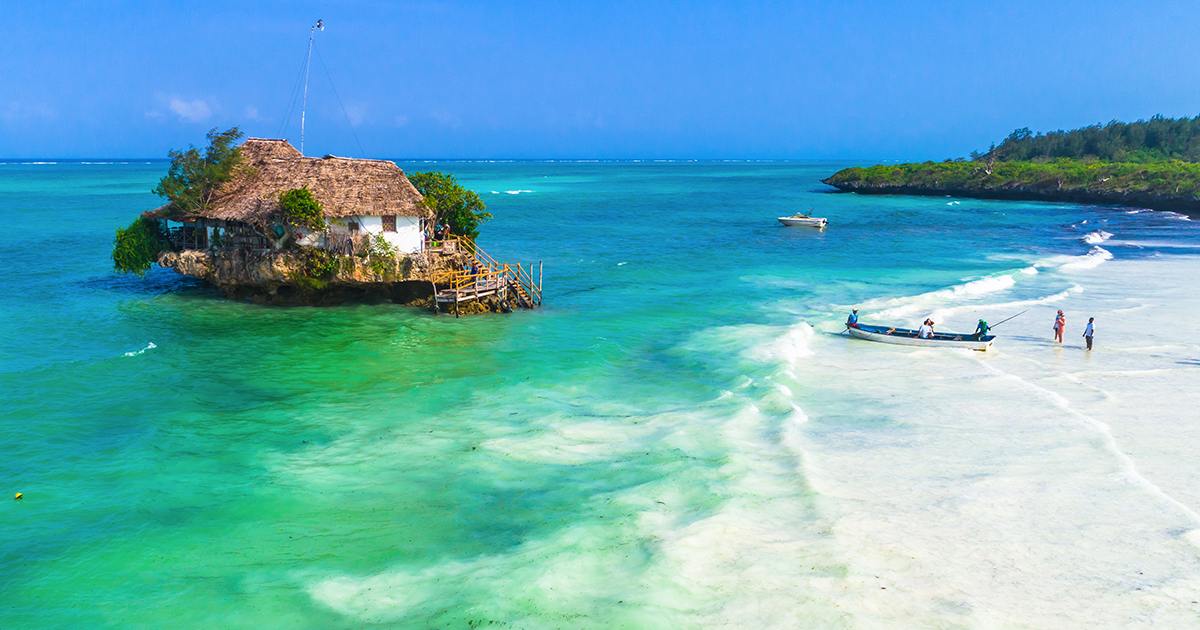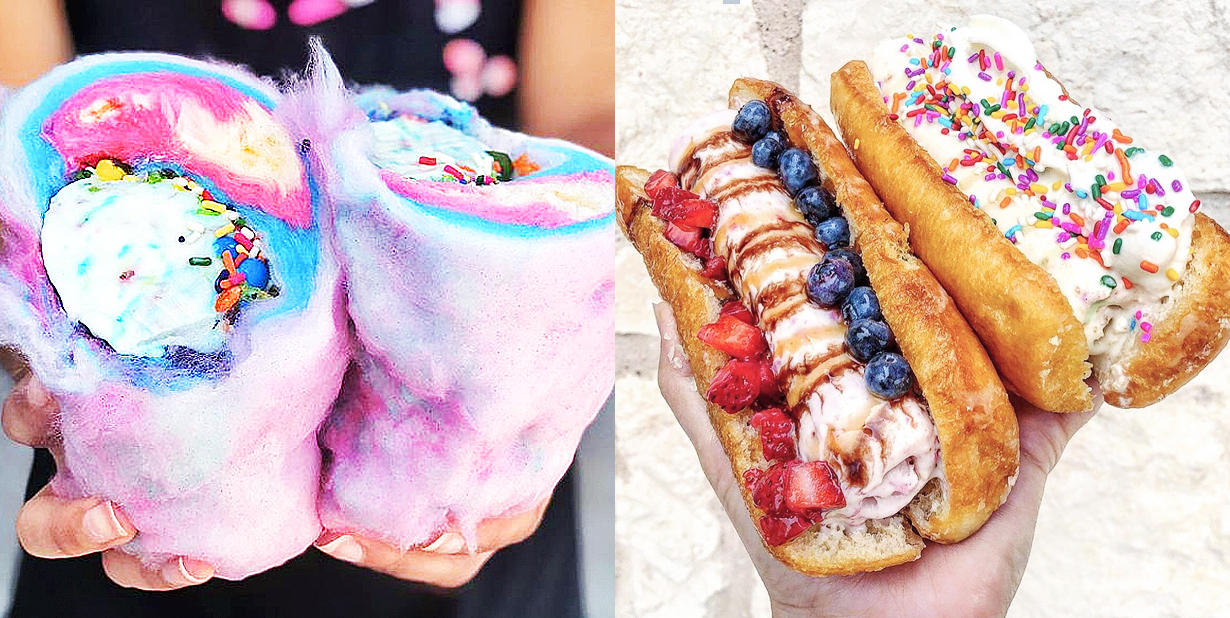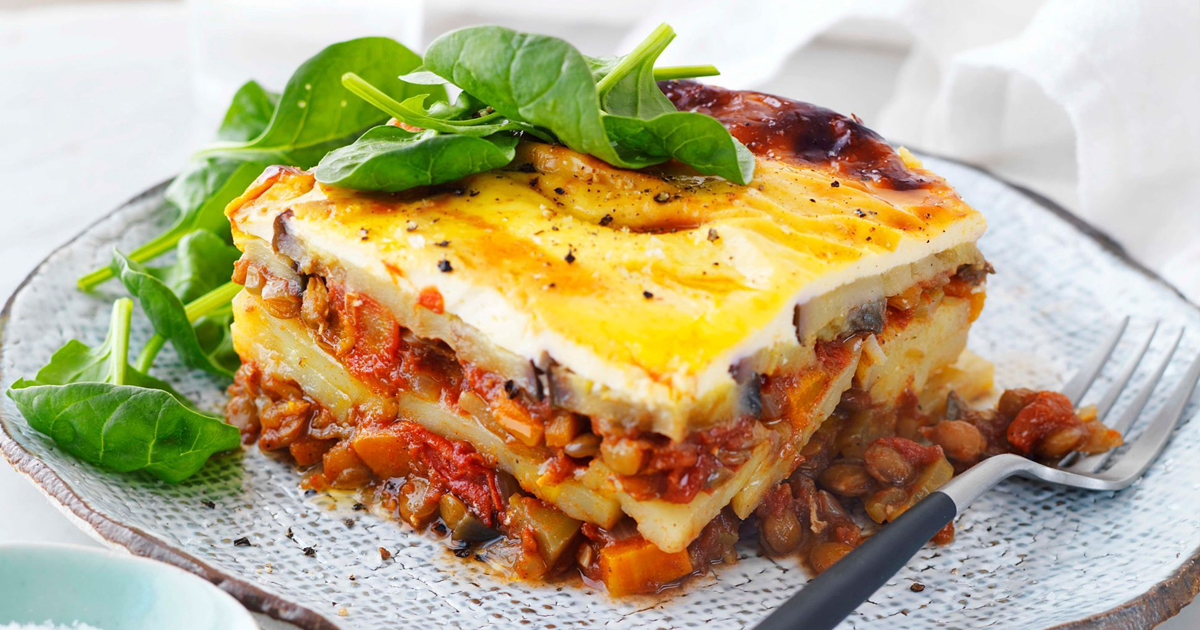Cooking is essentially an art form, and any artist knows that some recipes are harder to make than others. Many foods exist around the world that are very difficult to prepare and take a lot of time—but perhaps the most difficult to prepare is the Japanese delicacy known as "fugu".
What is fugu?
Fugu, commonly known as pufferfish, contains a lethal fish poison that is mostly located in the liver and ovaries. To prepare fugu, a chef must complete a rigorous training program and receive a specific license.
Those who eat fugu could die as a result of a single preparation error, which is why the training for chefs is so intense.
How is fugu prepared?
Selecting the freshest fish to prepare fugu is the first step in making sure that only the highest grade is fit for consumption. Then, with very little margin for error, the chef must meticulously extract all of the dangerous elements with extreme precision to prevent any leftover traces.
The next step is to expertly slice the fish into thin pieces, or "sashimi". To guarantee equal cooking, every slice must have the same thickness. The texture of sashimi is what makes it so appealing—the meat is hard but still soft. This is a true test of whether the chef is a competent one.
And the work does not end there. Fugu must be cooked properly to eliminate any potential poisons while preserving its delicate flavor. This necessitates close attention to timing and temperature to prevent overcooking and undercooking, which might damage the dish.
Creative presentations
Presenting fugu requires skill, as chefs create elaborate designs to enhance the dining experience, ensuring every detail is flawlessly executed to showcase the dish's beauty.
Beyond its technical complexity, fugu holds great cultural significance in Japan. Fugu is not just delicious—it's also a cultural ritual that signifies bravery and gratitude for life.










